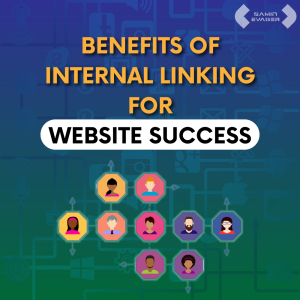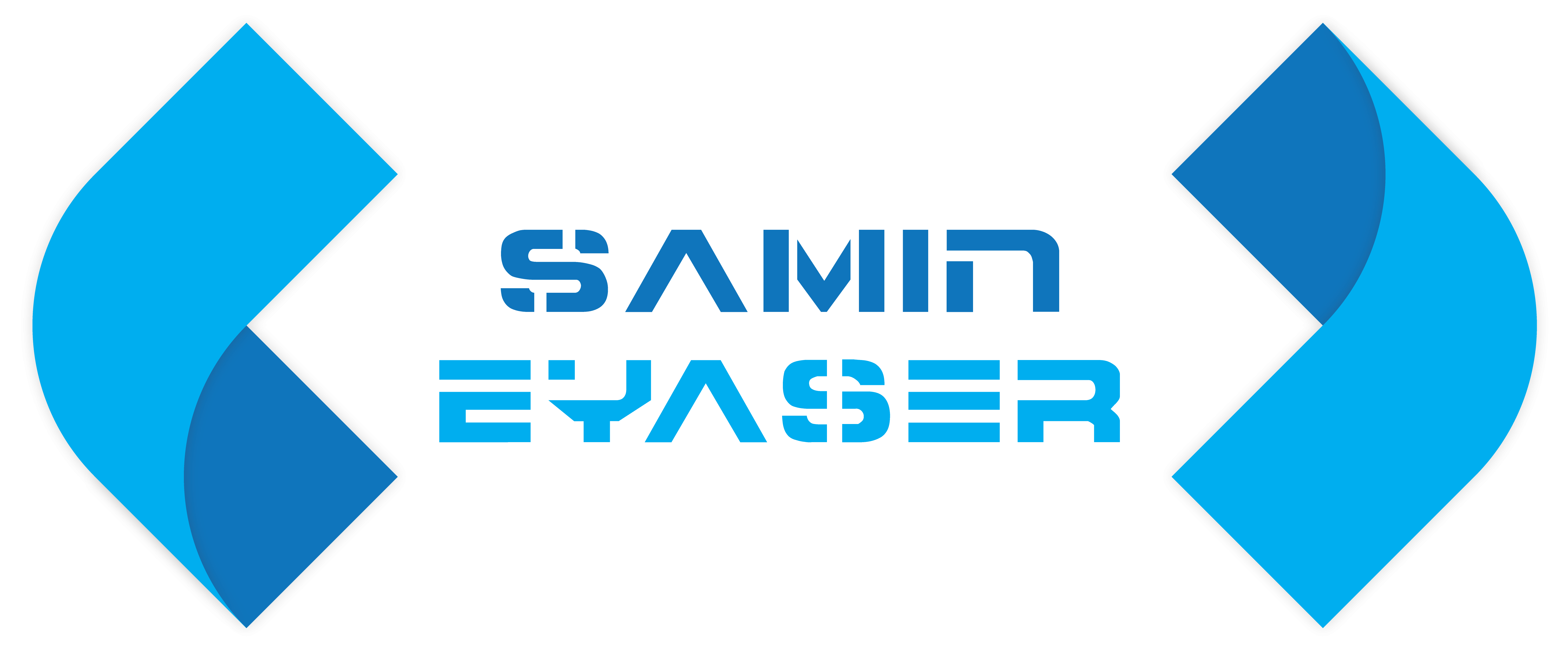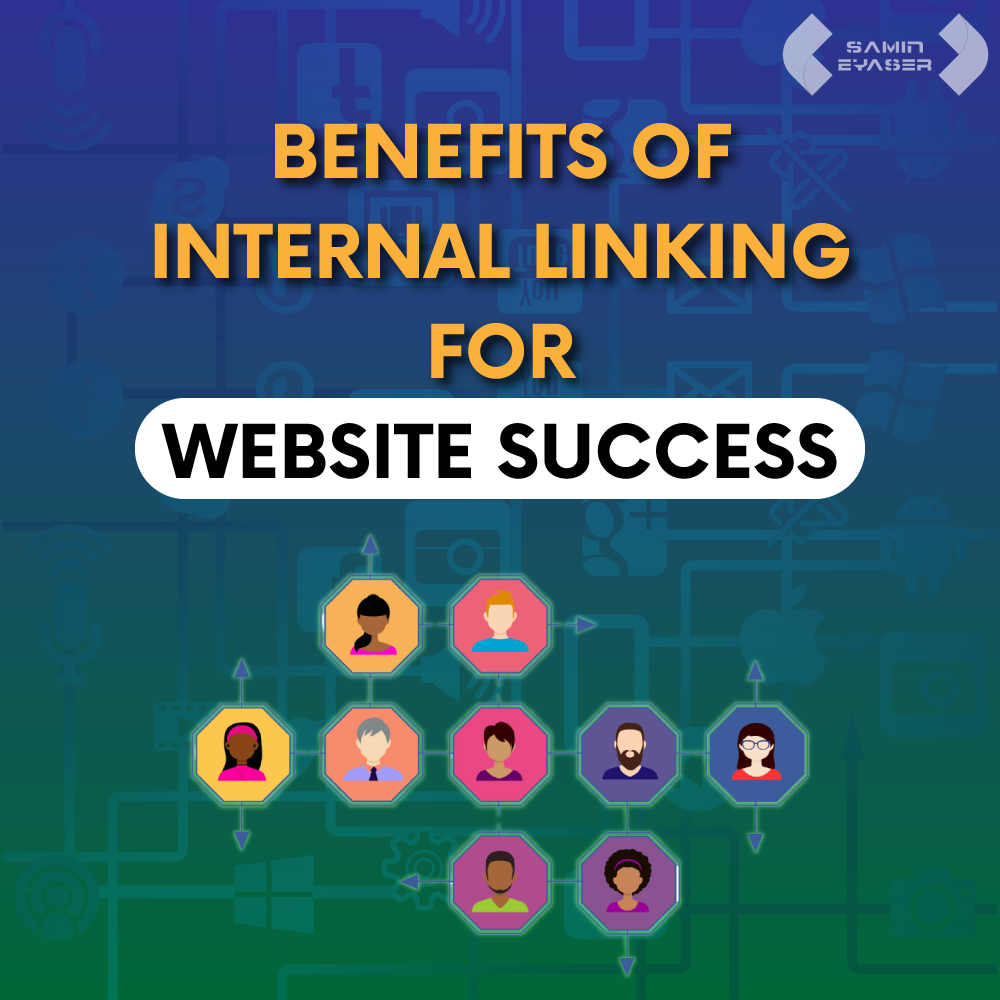Benefits of Internal Linking for Website

Internal linking, often overlooked in the vast landscape of website optimization, plays a pivotal role in enhancing a site’s performance. From improved user experience to boosted SEO rankings, the benefits are manifold. Let’s delve into the advantages that savvy webmasters can gain by strategically incorporating internal links into their websites.
Introduction
In the dynamic world of online content, where visibility is key, internal linking emerges as a powerful strategy for website enhancement. Defined as the practice of linking one page of a website to another page within the same domain, internal linking offers a multitude of advantages.
Enhanced User Navigation
One of the primary benefits of internal linking lies in creating a seamless user experience. By strategically placing links within your content, you guide users to related pages, reducing bounce rates and encouraging them to explore more of what your website has to offer.
Reducing Bounce Rates
Bounce rates are a critical metric for website performance. Internal links act as signposts, directing users to relevant content and decreasing the likelihood of them leaving your site immediately.
Encouraging Users to Explore More Pages
Effective internal linking not only decreases bounce rates but also entices users to delve deeper into your website. This exploration can lead to increased page views and a more engaged audience.
Improved SEO Ranking
Implementing a robust internal linking strategy is paramount for improved SEO ranking. Internal links not only aid search engines in navigating and understanding the content structure of a website but also help distribute page authority across different pages. By strategically linking relevant pages together, search engines can more effectively crawl and index the site, positively influencing its visibility in search results. Additionally, well-executed internal linking can enhance the overall user experience, reducing bounce rates and encouraging users to explore more content. In essence, a thoughtful approach to internal linking plays a pivotal role in elevating a website’s SEO ranking and optimizing its online presence.
Search Engine Crawlers and Indexing
Search engine crawlers and indexing are integral components of the search engine optimization (SEO) process. Crawlers, also known as spiders or bots, are automated programs employed by search engines to systematically browse and analyze the content of websites. Their primary function is to gather information about web pages, following hyperlinks from one page to another. Once crawled, the data collected is indexed, meaning it is organized and stored in a searchable database. Indexing enables search engines to quickly retrieve relevant information in response to user queries. The efficiency of crawling and indexing directly influences a website’s visibility in search engine results. Websites with well-structured content, clear navigation, and strategic use of keywords tend to be more effectively crawled, indexed, and subsequently ranked higher in search engine results pages (SERPs). Therefore, optimizing a site for search engine crawlers and indexing is crucial for improving its overall search visibility and online presence.
Page Authority Distribution
Page Authority Distribution refers to the allocation of authority or ranking power among different pages within a website. Page Authority is a metric developed by search engine optimization (SEO) tools, such as Moz, to quantify the likelihood of a specific page ranking well in search engine results. When it comes to distribution, it’s essential to ensure that the authority is spread strategically across various pages rather than concentrated on just a few. Internal linking is a key strategy for achieving this distribution. By creating links from high-authority pages to others within the site, you can pass on some of that authority to the linked pages. This process contributes to a more balanced and equitable ranking potential across the entire website. Effectively distributing Page Authority can lead to improved visibility in search engine results, as search engines are more likely to recognize and rank pages with well-distributed authority as valuable and relevant to users’ queries.
Impact on Search Engine Results
The interconnected web of internal links establishes a network of relevance. This signals to search engines that your content is comprehensive and interconnected, resulting in higher rankings for your website in search engine results.
Content Relevancy and Context
In the vast sea of online content, establishing relevancy and context is crucial. Internal linking allows you to connect related content, creating a cohesive narrative for your audience.
Establishing Content Relationships
Internal links serve as bridges between related topics, guiding users to additional information that complements the content they’re currently exploring.
Enhancing the Overall Context of the Website
A website with well-placed internal links becomes a treasure trove of information. The interconnected nature of content enhances the overall context of the website, providing a richer experience for visitors.
Examples of Effective Internal Linking Strategies
Consider a blog post on healthy recipes that internally links to articles on specific ingredients, cooking techniques, and related fitness tips. This not only aids the reader but also establishes the website as a reliable source for holistic health information.
Increased Page Authority
Page authority, a metric indicating the credibility and relevance of a webpage, is crucial for effective SEO. Internal linking contributes to the distribution of this authority across your site.
Distributing Authority Among Pages
Strategic internal linking ensures that authority is not concentrated on a single page but is distributed across various pages. This helps in maintaining a healthy SEO profile for your entire website.
Boosting the Visibility of Important Pages
Key landing pages, such as product pages or service offerings, benefit significantly from internal linking. By directing traffic and authority toward these pages, you enhance their visibility and, consequently, their effectiveness.
Creating a Hierarchical Structure
Internal linking also aids in creating a hierarchical structure for your website. This structure not only facilitates user navigation but also influences how search engines perceive the importance and relevance of different pages.
Facilitating Website Crawling
For search engines to index your content, they first need to discover it. Internal linking plays a crucial role in helping search engine crawlers navigate and discover all the pages on your website.
Helping Search Engines Discover Content
New or updated content can sometimes go unnoticed by search engines. Internal links act as signals, directing crawlers to the latest additions or modifications on your site.
Accelerating the Indexing Process
Internal linking accelerates the indexing process. When search engines encounter links to new content, they prioritize crawling and indexing those pages, ensuring they appear in search results promptly.
Ensuring All Pages Are Considered in Search Results
Without proper internal linking, certain pages of your website may remain hidden from search engines. This can result in missed opportunities for visibility and traffic. Strategic internal linking ensures that all your pages are considered in search results.
Reduced Bounce Rates
The dreaded bounce rate, indicative of users leaving your site after viewing only one page, is a common concern for website owners. Internal linking offers a solution to this problem.
Encouraging Users to Stay on the Website
When users find relevant internal links within your content, they are more likely to click through to other pages. This engagement not only reduces bounce rates but also increases the time users spend on your site.
Providing Additional Valuable Content
Internal links guide users to additional valuable content, keeping them engaged and satisfied. This not only benefits user experience but also contributes to the overall success of your website.
Metrics That Measure User Engagement
Internal linking positively impacts various metrics that measure user engagement, such as time on site, pages per session, and interaction with multiple pieces of content. These metrics are crucial indicators of a successful website.
Promoting Conversion Rates
While user engagement is essential, ultimately, website owners aim for conversions. Internal linking can be a powerful tool in guiding users towards conversion points.
Guiding Users Towards Conversion Points
Strategically placing internal links that lead to product pages, subscription forms, or other conversion points encourages users to take desired actions.
Internal Links as Calls to Action
Internal links can serve as subtle calls to action. Whether it’s directing users to a contact form, a limited-time offer, or a product page, well-placed internal links can drive conversions.
Enhancing the Sales Funnel
Internal linking contributes to the creation of a robust sales funnel. By gently guiding users through different stages of information and engagement, you increase the likelihood of conversions.
Establishing Site Architecture
The architecture of your website is not just about aesthetics; it’s a crucial element for user satisfaction and SEO. Internal linking aids in establishing a logical and well-organized structure.
Importance of a Well-Structured Website
Websites with a clear and logical structure are more user-friendly. Internal linking helps in organizing content in a way that makes sense to both users and search engines.
Organizing Content Logically
Consider a website selling fashion items. Internal links can connect product pages, related blog posts, and customer reviews, creating a logical structure that enhances the overall user experience.
Enhancing Overall User Satisfaction
A well-structured website, facilitated by internal linking, contributes to overall user satisfaction. When users can easily navigate and find relevant information, they are more likely to return and engage with your content.
Best Practices for Internal Linking
While internal linking offers numerous benefits, it’s essential to follow best practices to ensure optimal results without falling into common pitfalls.
Anchor Text Optimization
The anchor text of your internal links should be descriptive and relevant to the linked content. This not only aids users in understanding the link but also provides valuable information to search engines.
Relevant and Contextual Links
Avoid arbitrary linking and ensure that the linked content is genuinely relevant and adds value to the reader’s experience. Contextual links contribute to the overall cohesiveness of your website.
Avoiding Over-Optimization and Spammy Practices
While internal linking is beneficial, over-optimization or spammy practices can harm your SEO efforts. Ensure that your links are natural, and their that placement serves a genuine purpose for the user.
Common Internal Linking Mistakes to Avoid
Despite its benefits, internal linking can be counterproductive if not done correctly. Be aware of common mistakes to steer clear of potential pitfalls.
Excessive Linking
While internal links are beneficial, excessive linking within a single piece of content can be overwhelming for users and may be viewed negatively by search engines.
Ignoring Link Relevance
The relevance of linked content is paramount. Ignoring link relevance can lead to confusion for users and may signal to search engines that your site lacks coherence.
Neglecting Link Anchor Text
The anchor text you choose for your links matters. Neglecting this aspect can result in missed opportunities to convey additional information to both users and search engines.
Tools for Internal Link Analysis
Several tools can aid in analyzing the effectiveness of your internal linking strategy and making necessary adjustments.
Google Search Console
Google Search Console provides valuable insights into how search engines view your website. Use it to monitor internal link performance, identify issues, and optimize accordingly.
SEO Tools for Link Analysis
Various SEO tools, such as Moz and Ahrefs, offer features specifically designed for link analysis. Utilize these tools to assess the quality and impact of your internal links.
Monitoring and Adjusting Strategies
Internal linking is an evolving aspect of SEO. Regularly monitor the performance of your links and be prepared to adjust your strategy based on changing algorithms and user behavior.
Future Trends in Internal Linking
As the digital landscape evolves, it’s essential to anticipate future trends in internal linking to stay ahead in the SEO game.
Evolving SEO Algorithms
Search engines continually update their algorithms. Stay informed about changes that may impact how internal links are valued and adjust your strategy accordingly.
Predictions for Internal Linking Importance
Industry experts predict an increasing focus on the importance of internal linking. Stay ahead of the curve by proactively incorporating new trends into your website optimization strategy.
Staying Ahead in the Digital Landscape
Adaptability is key in the digital landscape. By staying informed and embracing emerging trends, you position your website for sustained success.
Conclusion
In conclusion, the benefits of internal linking for websites are vast and impactful. From improved user experience and SEO ranking to enhanced site architecture, the strategic placement of internal links contributes to a website’s overall success. As you navigate the dynamic realm of online content, remember that effective internal linking is not just a tool; it’s a powerful strategy that can elevate your website’s performance.
FAQs
Q1. How many internal links should I include in a single piece of content?
Ans: The number of internal links depends on the length and depth of your content. Aim for relevance and user experience rather than a specific quantity.
Q2.Can internal linking improve my website’s ranking on search engines?
Ans: Yes, internal linking contributes to improved SEO rankings by distributing page authority and establishing content relationships.
Q3. Are there tools to help me analyze the effectiveness of my internal links?
Ans: Yes, tools like Google Search Console, Moz, and Ahrefs can provide valuable insights into the performance of your internal linking strategy.
Q4. Should I focus on anchor text optimization for internal links?
Ans: Absolutely. Descriptive and relevant anchor text enhances user understanding and provides valuable information to search engines.
Q5. What is the future outlook for internal linking in SEO?
Ans: The future of internal linking is expected to see increased importance, with a focus on adaptability to evolving SEO algorithms and emerging trends.
Thanks For Visiting Our Website

